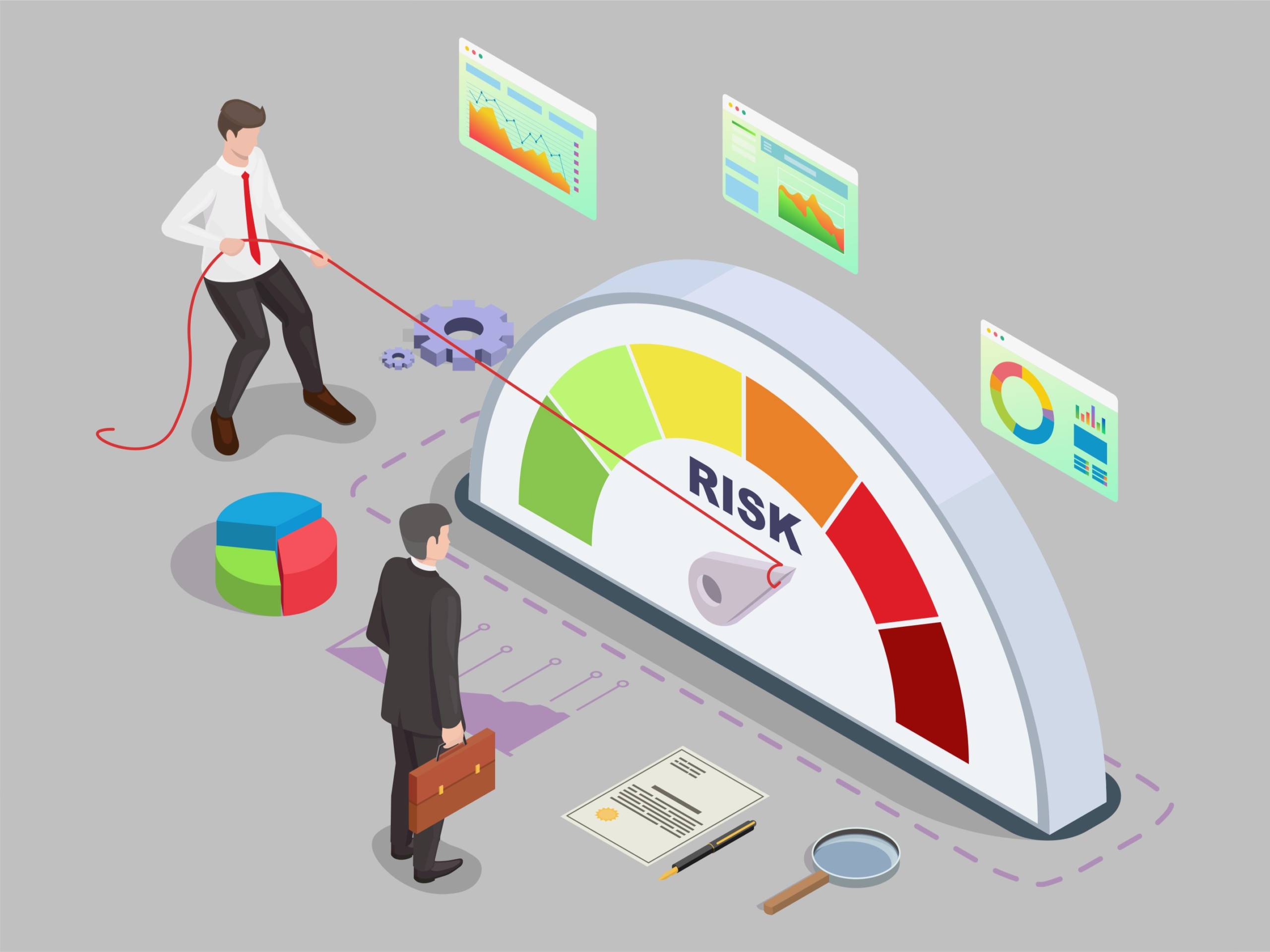R&D Tax Credit News

How to Improve R&D Tax Credit Documentation
June 24, 2021
There are several reasons behind why companies leave money on the table when filing their R&D Credit. One of those reasons simply can be using a provider that doesn’t specialize in the credit, or maybe when going through the process a specialist determines that there isn’t enough documentation to properly defend why the activities and associated expenses qualify for inclusion. Pamela Sommers, a professional services senior manager with Thompson Reuters, states that it is “not uncommon for a company to leave 10% to 30% of its credit unclaimed due to the expense and difficulty of effectively documenting it.”
When receiving your R&D Credit report outlining your R&D process and why activities were and were not included, one of the most important pieces of that report is the recommendations on how to improve your documentation in the future to ensure that qualified activities don’t get left on the table. Below are two ways to improve your R&D Tax Credit documentation and save time on the R&D Credit process.
- Time Tracking
Quantifying wages related to qualified research activities can be a difficult task. Without a reliable time-tracking system in place, the taxpayer must use an estimation method to quantify employee wages. When using the estimation method, the taxpayer, according to the IRS’ Research Credit Claims Audit Techniques Guide, must have factual support for every assumption underlying their estimates to meet their burden of proof. With a reliable time-tracking system in place, employees track their time to specific projects and tasks creating nexus and eliminating the burden of proof that comes with the estimation method.
Time tracking is often implemented by companies that work with the government. These companies are required by the government to follow timekeeping procedures through the FAR due to labor being the largest component of project cost. Even though companies that work with the government are more likely to have time tracking, companies in other industries can use time tracking to make documentation easy. When it comes time to quantifying employee wages for the R&D Credit, rather than being extremely conservative with their time estimates and potentially leaving significant dollars on the table, companies can simply download their time-tracking report and be confident in what they are reporting while creating peace of mind that the numbers are accurate.
- Create GL Accounts specific to R&D
Quantifying and tracking supply and material costs related to R&D is an area that often needs improvement. Far too often, companies will track all their supply costs to one general ledger account without designating which costs are R&D related and which ones are general supply costs. This leads to supply and material qualified research expenses (QREs) being left on the table. Creating GL accounts that are specific to R&D-related supply and material costs ensures that every dollar spent in R&D is being captured and your credit is being maximized.
For example, in motorsports, teams are constantly tinkering with their cars and do so while testing and in competition. Unfortunately, a lot of teams in motorsports have their costs in both racing and testing lumped together. Race day tires and fuel are lumped together with testing tires and fuel. Without a way to distinguish these expenses, there isn’t enough documentation to support whether they can be included. Creating additional GL accounts not only helps maximize the R&D Credit for these teams, but it also provides more contemporaneous documentation necessary to substantiate those claims.
Conclusion
The R&D Credit is designed to reward companies for improving processes, products, and software in the U.S., but the government is not going to simply hand these dollars over. The government requires you to build a case around why the claimed activities and associated direct expenses meet the criteria necessary for qualification.
Just like you purchase insurance in the event an unfortunate event happens, you need insurance for your R&D Credit claim. Insurance for the R&D Credit comes in the form of a provider that defends their work under audit and helps you navigate the process so your credit is maximized and properly documented.
If there are concerns that your credit wouldn’t withstand the scrutiny of an audit, or you are looking for ways to boost your credit and save time, schedule a time to learn more from one of our experts.
Featured Projects





